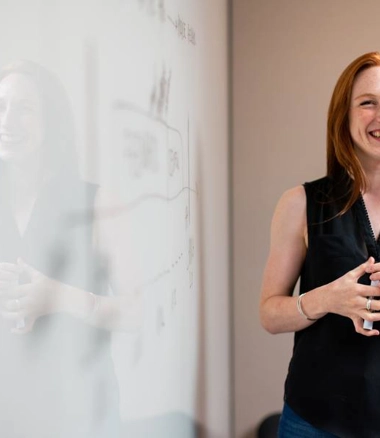
The built environment in Australia, like many parts of the world, is at a crossroads. As we grapple with the realities of climate change and resource scarcity, a shift in our approach to design and construction is not just advisable; it's imperative. This is where circular design principles in building services engineering come into play, offering a path to a more sustainable and resilient future. But what exactly are these principles, and why are they so crucial?
Understanding Circular Design in the Built Environment
Circular design is a concept rooted in sustainability, focusing on minimising waste and making the most of resources. It's a shift from the traditional 'take-make-dispose' model to one that designs out waste, keeps products and materials in use, and regenerates natural systems. In Australia's built environment, this approach is increasingly important.
Recent statistics from the Australian Bureau of Statistics indicate that the construction sector generated 20.4 million tonnes of waste in 2016-17, of which only about half was recycled. This staggering amount of waste highlights the urgency for a transition to more sustainable practices.
But what role do engineers play in this shift? Building services engineers are uniquely positioned to influence the sustainability of projects through their expertise in designing systems like HVAC, electrical, and plumbing. By incorporating circular design principles, engineers can significantly reduce environmental impact while still meeting client needs and industry standards.
The Role of Circular Design in Australia's Construction Sector
Why is circular design becoming increasingly crucial in Australia's design and construction sector? The answer lies in the growing recognition of our environmental impact and the need for sustainable development. The Australian government's commitment to the Paris Agreement and its own sustainability goals underscores this shift.
Incorporating circular design principles can lead to buildings that are more energy-efficient, have a lower carbon footprint, and are healthier for occupants. This approach not only benefits the environment but also makes economic sense in the long run through reduced operational costs and enhanced building value.
How Engineers Can Incorporate Circular Design Thinking
So, how can engineers incorporate circular-design thinking into their work? Here are some practical tips:
- Design for Longevity and Flexibility: Create buildings that can easily adapt to different uses over their lifespan, reducing the need for demolition and new construction.
- Choose Sustainable Materials: Opt for materials that are recyclable, have low embodied carbon, and are sourced sustainably.
- Prioritise Energy Efficiency: Design systems that minimise energy use, incorporating renewable energy sources where possible.
- Water Conservation and Management: Implement systems that reduce water use and recycle water efficiently.
- Waste Reduction Strategies: Plan for the end-of-life of building components, aiming for disassembly and recycling.
Finding Guidance and Training
But where can engineers find guidance and training on these principles? Professional bodies like Engineers Australia and the Green Building Council of Australia offer resources and training programs on sustainable design. Online platforms like Coursera and edX also provide courses on sustainability and circular economy concepts.
Overcoming Objections and Communicating Value
One of the challenges engineers often face is convincing clients to adopt circular design principles, especially when more conventional solutions might be the preference. So, how do you overcome these objections?
First, focus on the long-term value. Circular design can lead to significant savings in energy and maintenance costs over time. Additionally, buildings with sustainable credentials often have higher market values and appeal more to environmentally conscious tenants and buyers.
Second, communicate the broader benefits. Sustainable buildings can enhance occupant health and well-being, an increasingly important consideration for many organisations.
Case Studies and Success Stories
To solidify the argument for circular design, let's look at some examples. The Barangaroo development in Sydney is a prime illustration, where sustainability was a key focus, resulting in a precinct that is carbon neutral, water positive, and generates zero waste.
Another example is the Pixel Building in Melbourne, which boasts a 100% Green Star rating and features renewable energy systems, rainwater harvesting, and adaptive reuse of materials.
Conclusion: Embracing the Circular Future
In conclusion, the role of circular design principles in building services engineering cannot be overstated. As we face the challenges of sustainability and environmental responsibility, engineers have a crucial part to play. By adopting these principles, engineers can lead the charge in creating a built environment that is not only sustainable but also resilient, efficient, and beneficial for all.
Circular design is not just a trend; it's the future. As professionals in the building services industry, it's time to embrace this change, continuously learn, and innovate to create a better, more sustainable world. The question is, are we ready to take up this challenge and lead the way?





